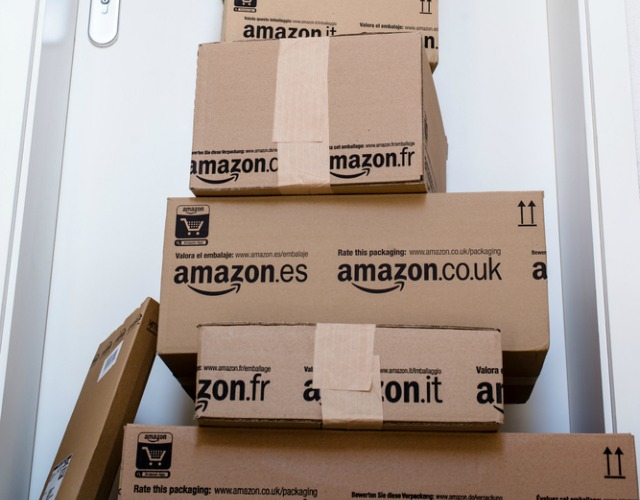You Can't Use Amazon Prime's Same-Day Service On Most Of The South Side
By Sophie Lucido Johnson in News on Apr 28, 2016 3:23PM

For as long as toilet paper has existed, people have wished that they could push a button to replenish it. In 2015, Amazon brought that dream closer to reality with Amazon Prime's same-day delivery.
Amazon Prime same-day delivery was made available to 14 U.S. metropolitan areas—including Chicago—and all of a sudden, no one had to trek out into the snow to get dish soap or cat food anymore. Except, of course, for the people on much of the South Side—a vast area that Amazon's same-day delivery service does not cover. Even as Amazon has extended same-day service to include 13 additional cities nationwide since its implementation, many predominantly African-American neighborhoods on the South Side are still excluded. Chicago is not alone: According to a report from Bloomberg, Dallas, Boston, New York, Atlanta, and Washington, D.C. also provide same-day delivery to significantly more zip codes in white neighborhoods than they do in black ones.
According to Bloomberg, Amazon has fiercely denied that race plays in any factor in which zip codes it decides to provide service to. To be fair, there is no evidence that suggests that race is taken into account. The system for establishing same-day delivery in certain zip codes rather than others is purely data-driven, and considers several factors, including the number of Prime memberships inside a zip code and the proximity of an area to an Amazon warehouse.
In Chicago, 472,000 people living on the South Side are excluded from same-day service, according to Bloomberg. Their report found that while 98 percent of white residents in Chicago have access to the service, only 54 percent of black residents do. Craig Berman, Amazon’s vice president for global communications, told Bloomberg that the South Side is too far from the company's Kenosha, Wisconsin-based distribution center. However, same-day service is available to Prime members in Oak Lawn—a predominantly white neighborhood that is full eight miles farther south than Chicago's South Side neighborhoods.
Amazon does provide same-day service to most of Chicago's Near West Side, which is predominantly black; it also provides service to other largely non-white neighborhoods such as Woodlawn, Pilsen, Austin, Lawndale, and Garfield Park. Of the Hispanic population in Chicago, 94 percent live inside the same-day service area.
Bloomberg's report speculated that income inequality plays a pivotal role in determining same-day delivery areas. Given the $99 annual membership fee, households with Prime memberships tend to be wealthier.
A recent study of Prime memberships and income groups conducted by investment bank Piper Jaffray found that about 70 percent of U.S. households with incomes of $112,000 or higher have Prime memberships, while 43 percent of households with incomes of $21,400 to $41,000 do. However, in Chicago (as well as in New York, Boston, and Atlanta), there are excluded areas with higher average incomes than covered neighborhoods.